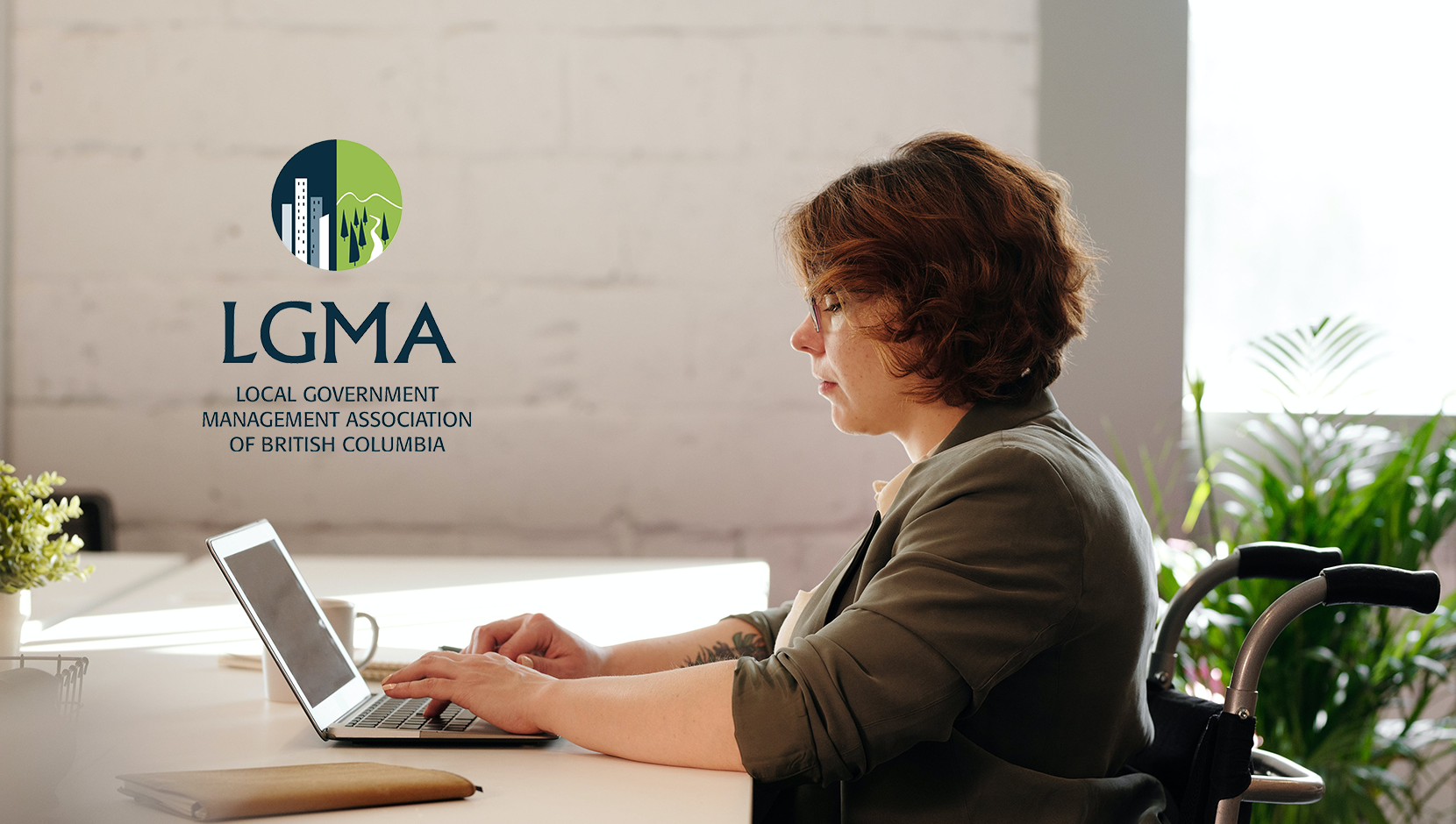Accessible Communications Questions & Answers


Presidents Group’s Micaela Evans was featured in an accessible communications article in Exchange Magazine’s Fall 2023 issue. While the Magazine’s audience is municipalities, many of the recommendations are relevant to a variety of employers.
Part of being accessible and inclusive means thinking about how we communicate with each other, with staff and with residents.
There are aspects of writing, reading, listening and watching that we take for granted when we don’t face access barriers. The use of punctuation, bullet points or spaces between paragraphs can help make a story more interesting or ensure that a long list of ideas aren’t jumbled together as one never-ending run-on sentence.
But for people living with certain disabilities, a lack of punctuation at the end of each line of a list or no captioning on a video can mean they won’t understand what’s being shared with them.
Accessible communications consultant Micaela Evans shares her valuable tips on how to make your local government’s communications more inclusive and accessible for people living with disabilities.
Why is it important for us to think about accessibility when writing and communicating with staff internally and when connecting with community members?
Over 22 per cent of our communities are folks with disabilities, and this number grows each year. When you can’t visibly see that someone has a disability, you may not see the different ways they interact with material.
You may not know that if someone has ADHD (Attention Deficit / Hyperactivity Disorder) or dyslexia, they may not be able to read a huge block of text. Or maybe they can’t hear the video you’ve created to promote programs.
The way I approach things is, what are the different ways that people can potentially interact with your content? If they don’t have certain senses, have limited movement or process things in a way you’re unfamiliar with, what different ways can we communicate the same material?
Where should local governments start with understanding disability and communication?
This is all new to many of us. Even as a physically disabled person myself, I didn’t used to think about this until a few years ago. Everyone’s at their own place in this journey to learning how to be more accessible, and building an awareness of disability can develop your understanding of how to improve communication and be more inclusive.
A lot of people may have only ever seen one person in a wheelchair or one person with Down syndrome, and they don’t understand the variety there is across the same disabilities and the community more broadly. That’s okay! We’re all learning.
Where do we begin implementing accessibility in communications?
Approach it as a communications objective of wanting everyone in your community to access your material and then ask yourself, how can I make this possible? Review and build accessibility into your existing process documents or checklists. If you have a communication plan, review it from an accessibility lens and update your strategy.
Do one piece at a time and educate yourself on how to do that certain thing. There are tons of how-to articles, LinkedIn posts and experts who have disabilities sharing how to do things and how to do it well.
A lot of smaller local governments don’t have a large marketing budget or even staff to work on communications. Do you have suggestions that could help communities who want to be more inclusive, but are strapped for resources?
I think it’s doable for really small staff if they put certain processes into their workflows. For social media, build accessibility into your existing structures or checklists so it doesn’t feel like a huge overwhelming add-on at the end of the project. People often try to piece it together after the fact and then it feels like extra work that you’re not used to doing.
Implementing image descriptions in all your photo content can be a good first step, and is helpful for those using screen readers. For your municipal website and social media posts, write one to two sentences that describe the image used in the post. If it’s a poster or image with text, copy and paste the text from the poster into the post itself.
Once you build that into your workflow or checklist, consider making your website more accessible or using plain language when writing documents.
How can local governments make meetings more accessible?
Include captions on videos when possible. When running online meetings using Zoom or similar programs, turn on automatic captioning to assist those who may have challenges with hearing. If you’re hosting an event online or in person, ask what peoples’ accessibility needs may be in the registration and offer accommodations. It might be as simple as ensuring there is an accessible entrance or parking, providing an agenda ahead of time or looking for funding to include sign language (ASL).
Why is it important to make a document accessible?
Have you ever opened a PDF and not been able to copy and paste from it? That’s because the PDF is acting as an image. When you format a document correctly, screen readers have the ability to peruse a page like someone’s eyes or finger would across a physical piece of paper. If you want to jump through the document with assistive tech, you can by header, chapter, image or notes across the page.
How do we make a document more accessible?
Use headings. When you are in Microsoft Word or a similar program, use a header 1 or H1 for the title. Use header 2 or H2 for section or chapter titles. This allows a screen reader to skip from one section to another. Think of the page as a hierarchy. For an agenda, chapters and sub chapters are incredibly easy to navigate. The same thing applies to websites, use the same formatting or structural elements.
If your document includes images, include image descriptions like you would for social media or your website. Once you create a template, you can use that for all your documents moving forward.
There are a lot of other nuances to making PDFs accessible. They can be difficult at first but there are many free resources and paid training programs out there.
What are additional things we can consider when writing accessible documents or marketing materials?
Having punctuation at the end of bullet points is helpful for screen readers because if they’re reading a list they’ll just pop from one bullet point to the next, and it’ll sound like one run-on sentence of five points.
Use more plain language. We often write content that isn’t accessible because we use terminology, idioms and lengthy sentences that are complex and full of barriers to many readers. When I’m writing, I have to consciously stop and reflect, how can I make this more simple and less convoluted? I love sentences with four different ideas if I can get away with that, but how can I actually scale that back and make it into four separate sentences?
Consider having shorter paragraphs with two to three sentences and try to make ideas less complex to understand. Have a peek into your newsletter and website writing. If you’re using complex terminology because you’re a municipality or community that has specific lingo, include a definition when you use it. Things like that will make a big difference.
Lastly, don’t be afraid to make mistakes. People see when you make an effort to try to make things more inclusive. Be open about trying to do so. Google topics that are new to you and your staff and learn from people with lived experience. Ask your community for feedback. Hire accessibility consultants when you can to provide strategic or project-specific insights.
Exchange Magazine is a quarterly publication from the Local Government Management Association (LGMA) of BC.
